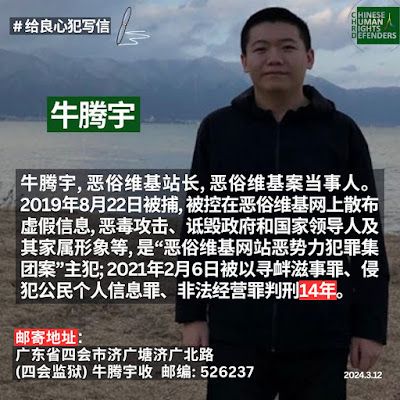web archive 备份 https://archive.ph/Wlzrv
“Wuhan lab leak believed ‘behind closed doors’ to be likeliest origin of Covid, expert says”
原文链接
A lab leak in Wuhan, China, is now considered the most likely origin of the Covid pandemic “behind closed doors” in the Government, it has been claimed, after Boris Johnson signalled that security measures would be enhanced to prevent accidental escape.
On Monday, the Prime Minister told the House of Commons that the UK biosecurity strategy would be refreshed to protect against “natural zoonosis and laboratory leaks” in a public acknowledgement of the threat from insecure research facilities.
There is mounting suspicion that Covid-19 leaked from the Wuhan Institute of Virology which had been collecting, and experimenting on dangerous bat coronaviruses in the years before the virus first emerged in the city.
The Government has asked for evidence before drafting a new biosecurity strategy, which will deal with “accidental release and dual-use research of concern, where life science research is capable of being misapplied to do harm”
Attitudes have changed
Hamish de Bretton-Gordon, an expert on chemical and biological counter-terrorism and a biosecurity fellow at Magdalene College, Cambridge, who has submitted evidence for the strategy, said: “I think the official view [within Government] is that it is as likely as anything else to have caused the pandemic. A lot of people like myself think it is more likely. I think attitudes have changed a little bit. The zoonotic transfer theory just didn’t make sense.
“There is a huge amount of concern about coming out publicly, but behind closed doors most people think it’s a lab leak. And they are coming round to the fact that even if they don’t agree with that, they must accept it’s likely, and they must make sure the policies are in place to stop it.”
He added: “My view, that I’ve put to the Government already, is that we cannot afford emotionally, physically or financially, to go through another pandemic. We must now get on the front foot.”
Lab leaks are fairly common, with smallpox, swine flu, anthrax, foot and mouth disease and the original Sars virus all known to have escaped from facilities in recent decades. In Britain there have been more than 100 safety breaches at labs handling dangerous pathogens over the past 15 years.
Former British Army Colonel De Bretton-Gordon, who was commanding officer of the UK’s Joint Chemical, Biological, Radiological and Nuclear Regiment, said current biosecurity was “in a shocking state” with little regulation or monitoring.
He believes it is time to revamp and reinvest in the Biological and Toxin Weapons Convention, an international treaty ratified by 22 states in 1975, but which is underfunded and has no policing system.
Quickly detect pathogens
Biosurveillance systems, which can quickly detect pathogens in the air, could also be installed in train stations and airports and are already being developed in Britain.
“If we had all our biolabs networked with a surveillance system we could detect a lab leak as soon as it happened,” he said.
“If you’d had detectors at stations and airports in Wuhan you could have prevented about four million journeys in that first week. With that kind of system, you could stop a lab leak turning into an epidemic, turning into a pandemic.
“My big concern is that next time it might not be an accident, because it’s easy to do. If you had no morals and no scruples, why not infect your enemy?”
Last year the House of Lords risk assessment and risk planning committee warned that backstreet laboratories around the world are capable of creating a biohazard that could spark a pandemic as deadly as Covid-19.
The comments followed evidence showing that labs in China and the US were manipulating coronaviruses before the pandemic to make them more infectious to humans in so-called “gain of function” experiments.
Earlier in February, an early version of Covid-19 that appeared to have been grown in a laboratory was discovered in samples from a Chinese biotechnology firm.
The variant has mutations that bridge the gap between bat coronavirus and the earliest Wuhan strain, so it may be an ancestral version of the virus. The samples also contain DNA from hamsters and monkeys, suggesting that the early virus may have been grown in animal cell lines.








